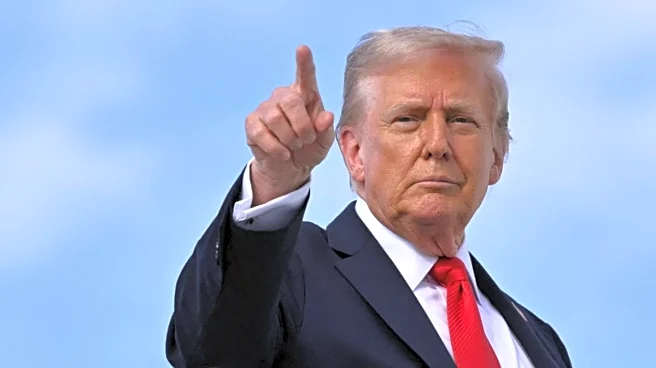Market concern about the Fed's independence now "moves to the backburner for the next few months," said Tony Sycamore, market analyst at IG in Sydney.
Earlier strength for the US dollar petered out, with a gauge which measures the greenback's strength against a basket of six currencies reversing initial gains of 0.1%, and was last trading flat at 97.74.
After four straight days of losses for the world's reserve currency, traders are weighing how long the U.S. government shutdown will last, its effect on economic data releases, and how that will play into the Fed's decision making.
The U.S. government shutdown has put the brakes on the flow of federal economic data at a moment of uncertainty and division among policymakers. The Trump administration on Wednesday froze $26 billion for Democratic-leaning states, following through on a threat to use the shutdown to target Democratic priorities.
The betting website Polymarket indicates the highest likelihood that the standoff will last between one or two weeks, though there is currently a 34% probability of a longer shutdown, with just over $1.2 million wagered. US private payrolls unexpectedly dropped by 32,000 last month after a downwardly revised 3,000 decline in August, according to data released by ADP on Wednesday.
Investors have focused on this report for fresh clues on the health of the workforce, as the shutdown means the Labor Department's more comprehensive and closely followed employment report for September will not be published on Friday. US manufacturing activity also edged up in September, though new orders and employment were subdued as factories grappled with the fallout from Trump's sweeping tariffs.
The market is assuming that further policy easing at the Federal Reserve's October meeting is a lock, with Fed funds futures implying a 99% probability of a 25-basis-point cut, up from 96.2% a day earlier, according to the CME Group's FedWatch tool.

/images/ppid_59c68470-image-175933504335717564.webp)


/images/ppid_59c68470-image-175930753662184664.webp)
/images/ppid_59c68470-image-175939761766811173.webp)
/images/ppid_59c68470-image-175915253795956640.webp)

/images/ppid_59c68470-image-175929503467450791.webp)
/images/ppid_59c68470-image-175927504293573709.webp)
/images/ppid_a911dc6a-image-17592332073373597.webp)

